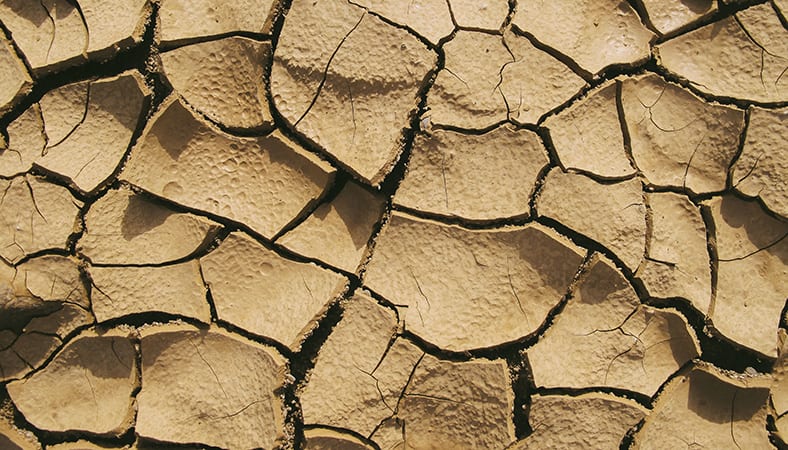
This Is Why “pH-Balanced” Means Nothing
The pH-balance of skincare products tend to be the unknown culprit behind our many skincare woes such as dry skin, break outs, fine lines. If you check your cleansers in your bathroom, you’ll notice most of them do not disclose their pH level. You may not have previously considered pH levels at all, but knowing the pH level of your products could be critical to achieving healthy skin.
Why ‘pH-balanced’ Means Nothing
You will find that some cleansers claim that they are “pH-balanced” but what does that actually mean? Well actually… not much at all. This term has essentially become a buzz word for marketing hype. It’s rather useless information to us as consumers, since we all have slightly different pH levels. So “pH-balanced” is rather ambiguous unless we know the actual number.
Many “pH-balanced” cleansers are created with the pH level around 5.5, which is the ideal pH level for skin BUT it can vary depending on your skin type. Unless it is disclosed by the manufacturer, your cleanser may actually be too alkaline or too acidic, which can wreak havoc on your skin.
If You Suffer from Acne-Prone Skin, You Must Read This:
A few of the girls at the kaia naturals HQ suffer from acne-prone skin. When they come to me for advice, the first thing I always ask is what kind of cleanser they use. Most of the time, they would be using a foaming cleanser and if formulated with a high pH that leaves their skin feeling squeaky clean… this might be the actual culprit for your breakouts!
Acne-prone skin is more acidic, so consumers tend to gravitate to a cleanser that is foamy and more abrasive.
It’s likely that these types of cleansers are more alkaline and has a high pH. The main problem with using a high pH/alkaline cleanser for a long time is that it will actually start producing more of the acne-causing bacteria called ‘propionibacterium’ because your skin’s natural protective layer, aka the acid mantel, is disrupted.
Therefore, when the girls at the office were using these cleansers, they were unknowingly creating more of a problem, constantly stripping their faces of its natural oils, which led to more irritation and inflammation.

Understanding the pH of Dry & Mature Skin
As we age our skin becomes more alkaline, which eliminates collagen in our skin and eats away at acidic products that restores our pH. That’s why as we grow older, our skin develops more wrinkles and begins to droop.
My skin is becoming more alkaline and sometimes I find that cleansers around pH 5.5 are still a little drying for my skin type. I find that slightly acidic cleansers or oil cleansing work best.
If you are experiencing dry skin or aging skin, avoid over washing, especially with alkaline cleansers, as it will dry out your skin, causing more signs of aging.
How to Find the pH of Skincare Products
There’s no perfect answer for this unfortunately, but I would always start by enquiring directly from the manufacturer of the product. If the manufacturer does not share this information, you can buy litmus paper and do a pH level test yourself (which is highly unlikely you will do). So you may want to return the product if your skin skin feels squeaky clean and dry.
From a Product Developer’s Point of View
(Full disclosure kaia naturals is not putting pH levels on labels but if you ask you will receive.)
I must admit that I never thought about disclosing the pH of our facial cleansing wipes as I did not really think anyone would care except for our chemist. Consumers never asked about it and we are often tight on space for our packaging, but I now realize that we should set an example as leaders in the industry.
We have now added this to our website for our facial cleansing cloths and have pledged to continue to educate consumers on this topic.


